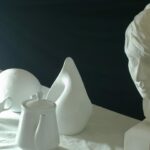When paint brushes were more prevalent than selfie sticks
selfie
/ˈsɛlfi/
noun
informal
- a photograph that one has taken of oneself, typically one taken with a smartphone or webcam and shared via social media.
Despite this modern definition of the selfie, it isn’t as recent a phenomenon as you might think. The term was coined in the 2000s, however, people have been creating selfies for centuries.
The oldest form of the selfie is the traditional self-portrait. Over the course of an artist’s life, self-portraits are created to physically represent the artist, to capture their emotional state (see Picasso’s Self-Portrait during his blue period below, mourning the loss of his friend), to announce their vocation as an artist among many other reasons we will most likely never know. As Picasso said, “Are we to paint what’s on the face, what’s inside the face, or what’s behind it?”
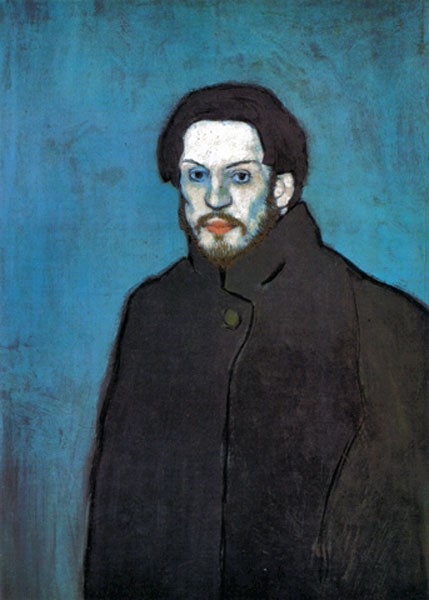
Many portraiture artists were commissioned to immortalise the elite of the time on canvas. If you didn’t know how to paint (in a time when cameras didn’t exist), you paid an artist to create a portrait for you.
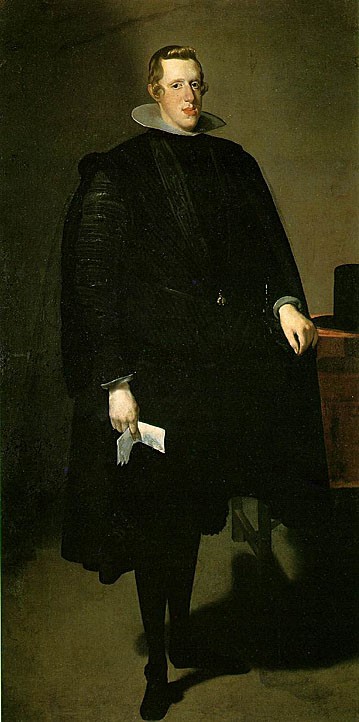
Spanish-born Velázquez joined the royal household as court painter, and over his forty years of service, he painted the king forty times. This may seem excessive, however, compared to the reported 93 million selfies that are taken each day, which would equate 2,583,333 rolls of film, I am not sure…
Although it may not seem to be at first glance, one of Velázquez’ key self-portraits is Las Meninas, below. The composition, which has been likened to a snapshot in time, features a number of figures from the Spanish court, and Velázquez himself, working at a large canvas. In the mirror at the back of the room you can see the reflection of the subjects of his painting, King Philip IV and Queen Mariana appearing to pose for Velázquez.
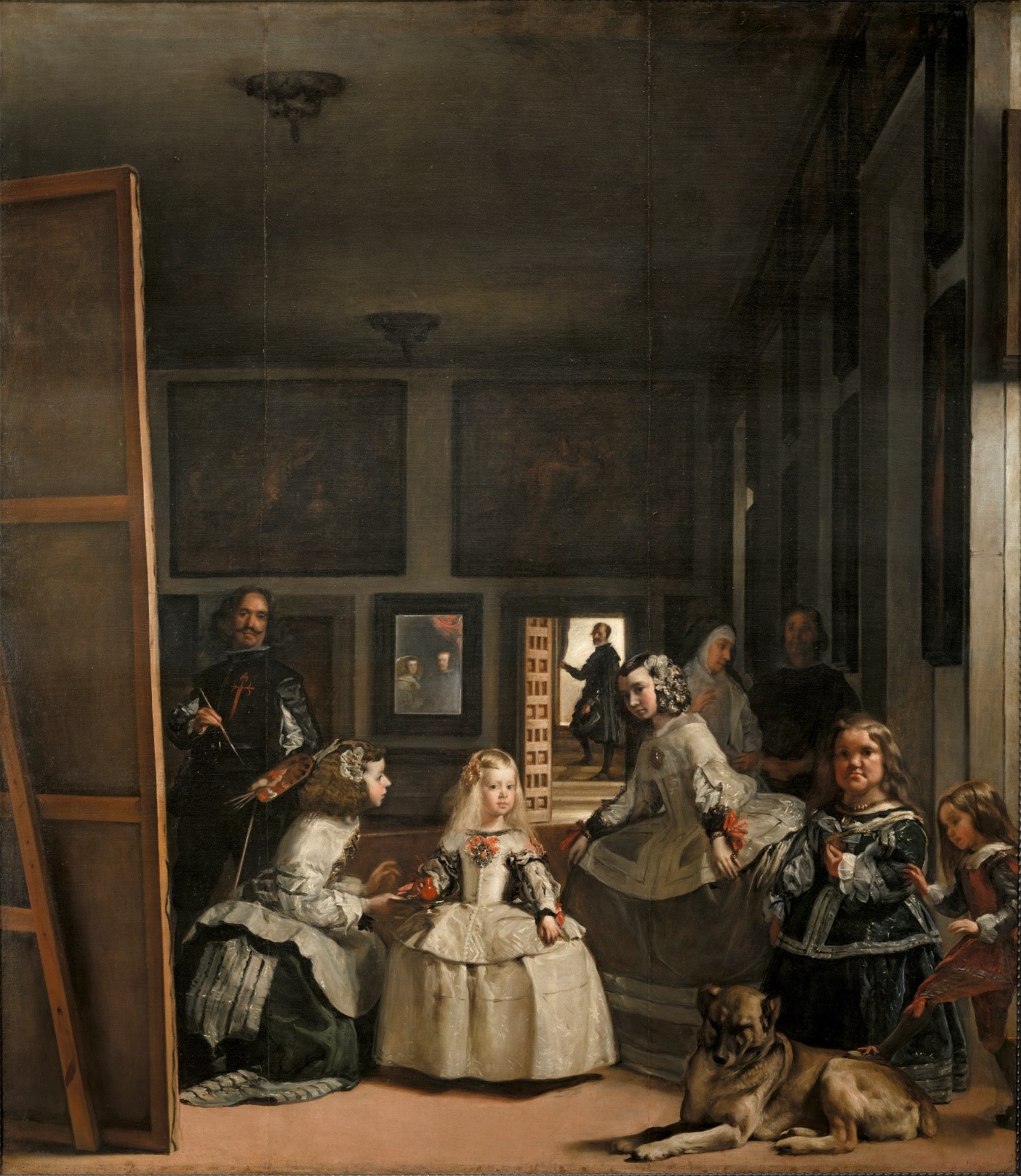
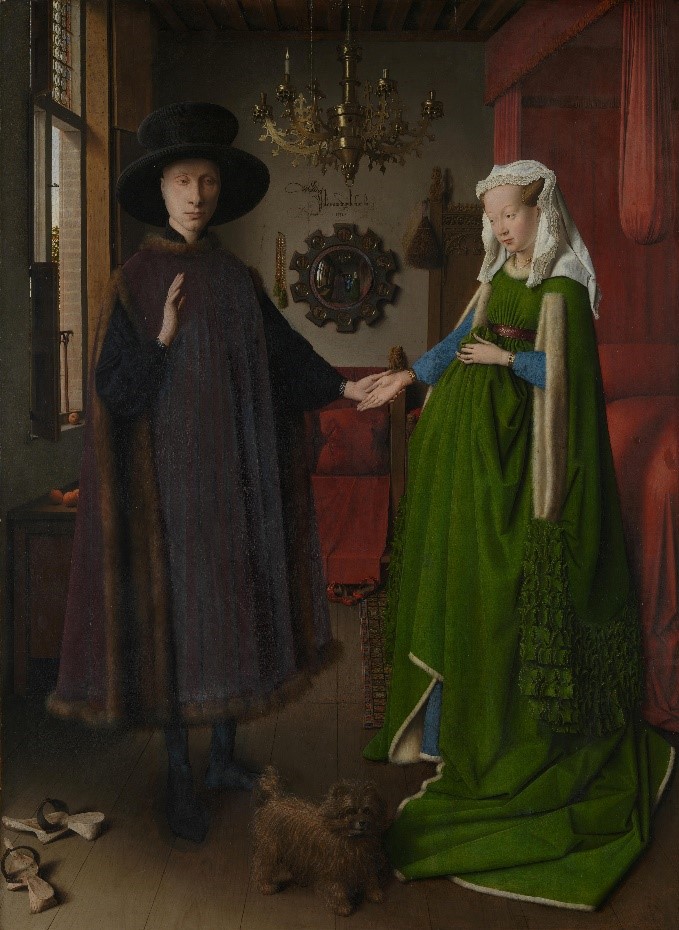
This incredible piece by Van Eyck is harder to identify as a self-portrait. Van Eyck was one of the first great Western artists to portray personal events of life. In this painting, he was the witness of for this Flemish wedding. Like many selfies taken today, pay particular attention to the mirror; you can see the artist in the reflection of this extremely intricate work.
Some of the most notable self-portraiture artists included Rembrandt, who produced over 40 self-portraits in his lifetime,
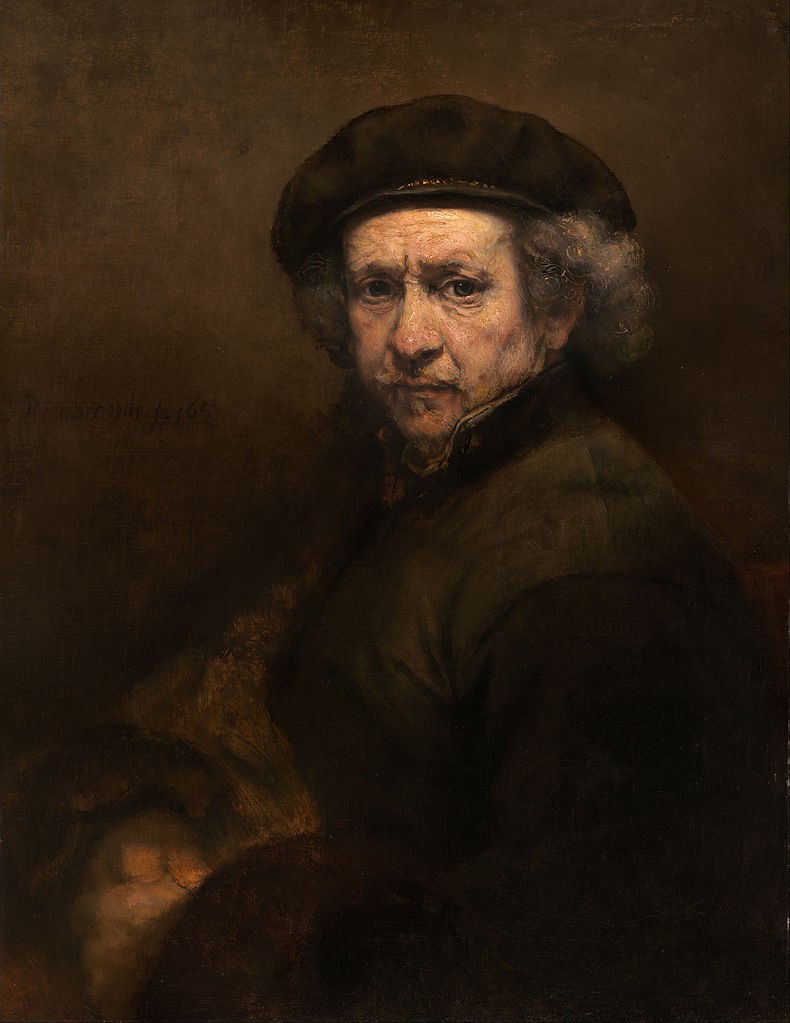
And Van Gogh, who would often lack money to pay for a sitter and would paint himself.
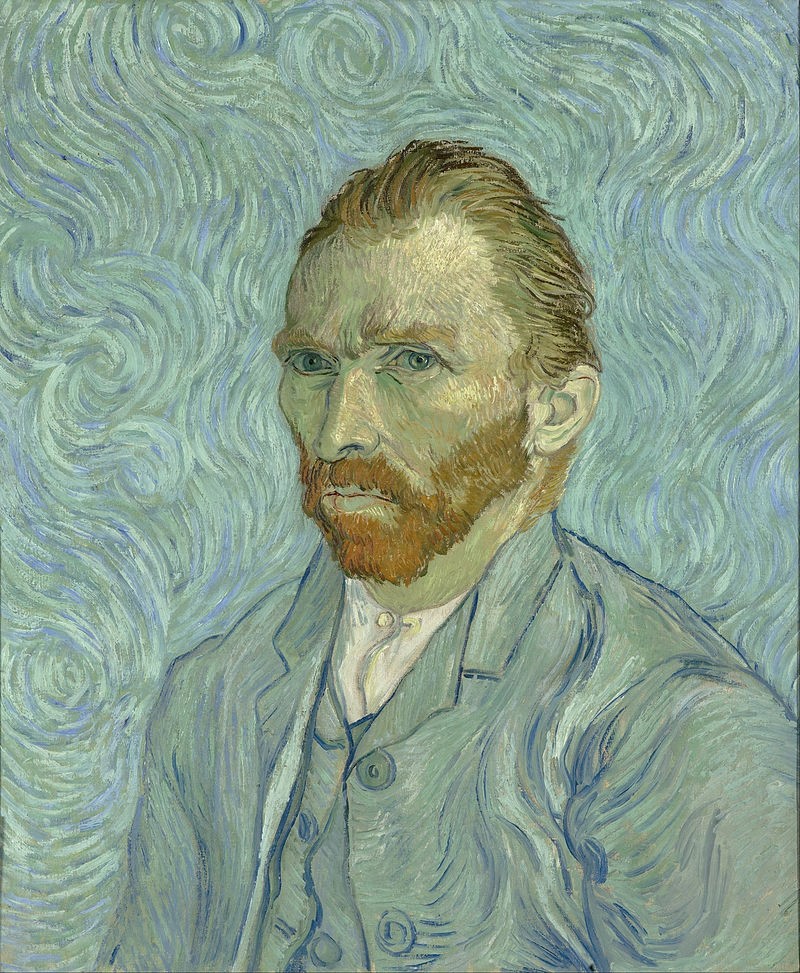
The significance of ageing can be seen in portraiture over the span of an artists’ life, like English Painter Stanley Spencer’s 1914 self-portrait below compared to his self-portrait completed 45 years later.
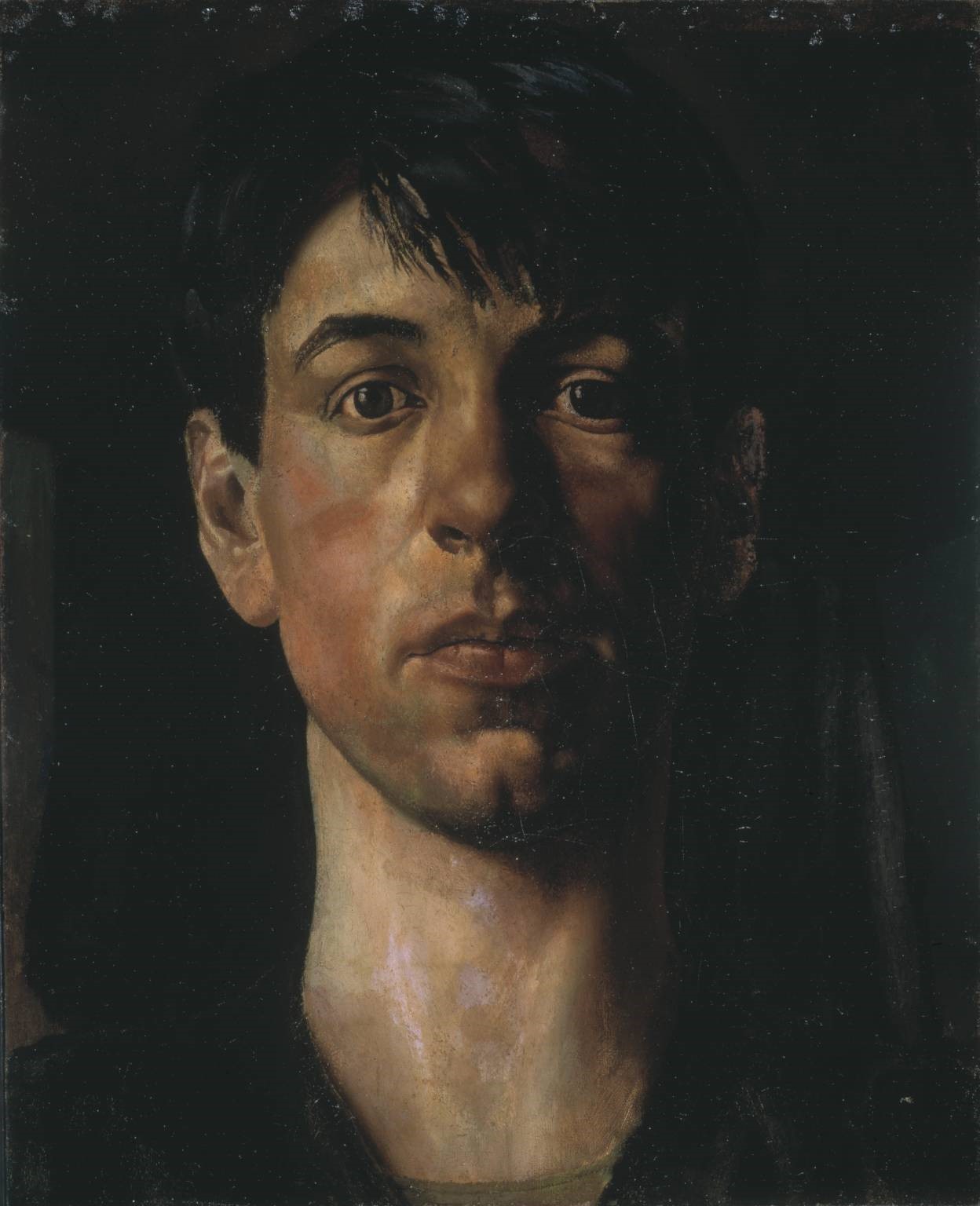
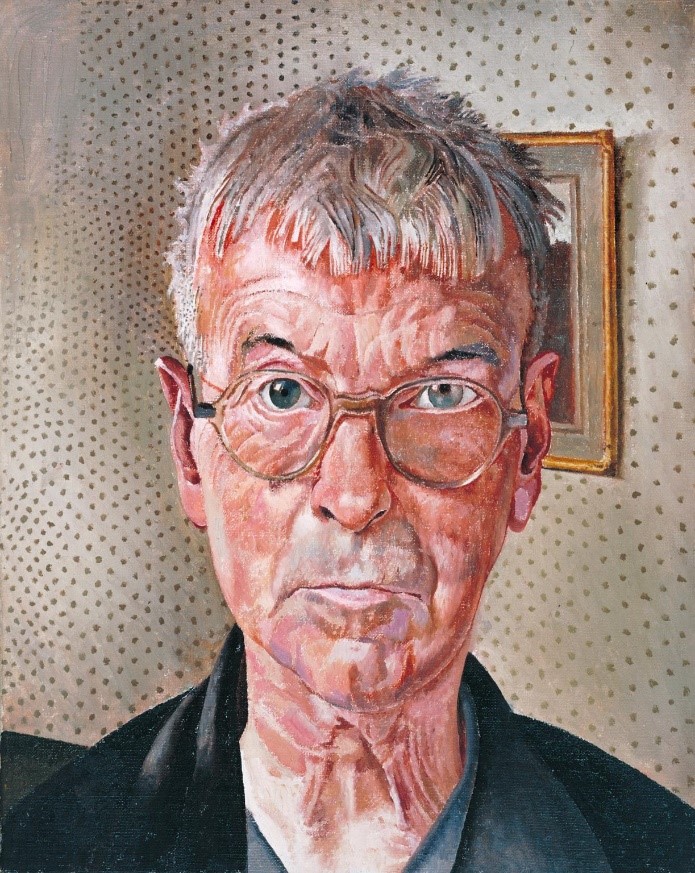
Frida Kahlo, considered one of Mexico’s greatest artists, began painting whilst she was recovering from a near-fatal bus accident. She was not afraid to confront her pain and purged her emotions on the canvas. During her recovery, she had to wear a steel column to support her spinal column, below. Despite so much physical and emotional pain, she endured in her lifetime, she was able to transcend it and express it on the canvas. She painted 55 self-portraits during her career, and in 1939, her work, The Frame, became the first Mexican work to be purchased by the Louvre.
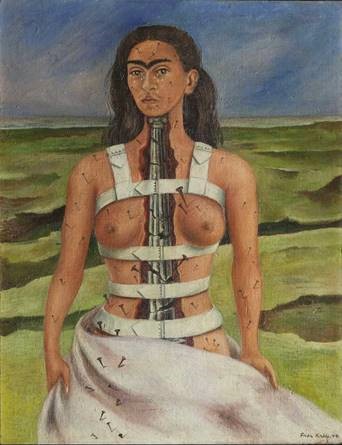
The first modern-day selfie
The first modern-day selfie was taken in 1839 by Robert Cornelius, an American pioneer of photography, using the first publicly-available photographic process, a daguerreotype.
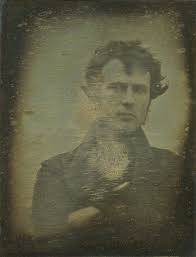
Then the debut of the portable camera in 1900 saw the general public (those who could afford the invention) using it much like the masses use their smartphones today.
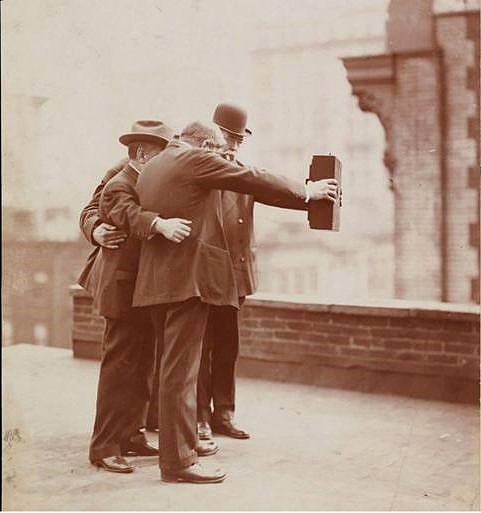
The 1970s saw the arrival of the classic Polaroid, and Andy Warhol became the King of the modern selfie we know today. People have said he Instagrammed his life before Instagram existed, however his long and in-depth work with photography and the human face revealed a lot more than your average Instagram feed. Warhol created self-portraits throughout his life, providing a glimpse into his personal sphere as he experimented with his image, including snapping himself in drag in 1981, and the infamous 1986 purple Self Portrait (which sold for over USD23 million in 2010).
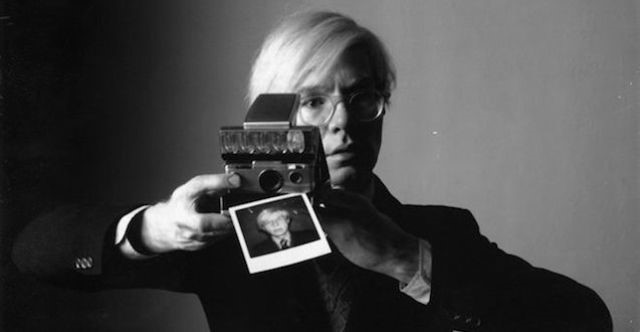
Interestingly, we have seen history repeat itself, with the increase in popularity of large, personalised canvas prints of family members in the home. Not quite as extravagant as commissioning Velázquez, but along the same vein. The Polaroid has also made a return, with the tangible photograph creating excitement for people whose traditional medium is digital.
Combining of the mobile phone with a camera in the early 2000s facilitated the creation of the untameable beast that is the selfie movement of today. It has created careers, inspired pop songs, selfie sticks, and then a movement against selfie sticks. And with the help of social media platforms, it is a major part of internet culture.
Without having to constrain ourselves with a limit 36 photos on a film that needs developing at the chemist, the digital age is revolutionising how we portray ourselves, and our lives. Selfies are not stored in digital photos albums for reminiscing – they are shared online for instant gratification in the form of likes, loves and shares. Many argue that we are in the narcissistic age; we can invent, and re-invent ourselves using in-app filters and celebrities as inspiration. The ability to convey to the world that you are living a glamorous, or interesting life is easy to achieve with lighting, a head-tilt, filters, some hashtags and the tricks used to get a few hundred thousand fake online followers (no, we are not linking to this)! The selfie has made fame or the perception of fame more accessible, and desirable to the masses. But after the flood of adoration, post-selfie, how are we left feeling? One could suggest that an emptiness, an existential niggling remains in the void between the online and offline worlds. And the answer to post-selfie deflation of the digital age? Post another selfie.
So, where does that leave portraiture?
Humans will always be fascinated with humans, and although the selfie has evolved, traditional portraiture continues to intrigue us and is no danger of disappearing. At Melbourne Art Class we have noticed that our students find it enriching to turn off the screen and spend a longer, more meditative time creating an image of the person.
Whether the selfie is benefitting us is fiercely debated, though if you would like to explore the human face and create a selfie first-hand but not instantly, we are offering an Introduction to Portraiture Course with artist Marco Corsini, beginning on April 29th (no selfie sticks required).
Written by Lauren Ottaway
